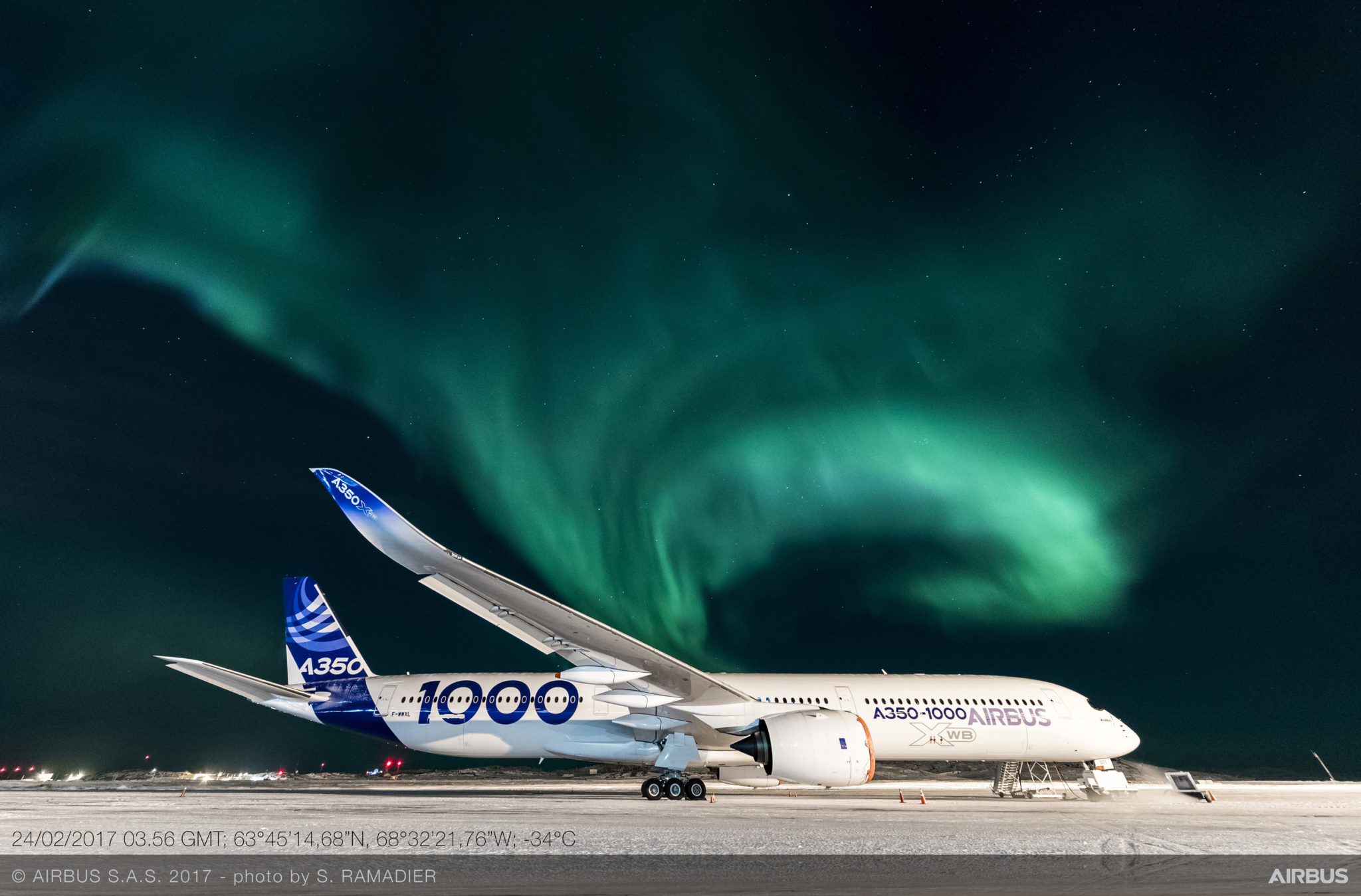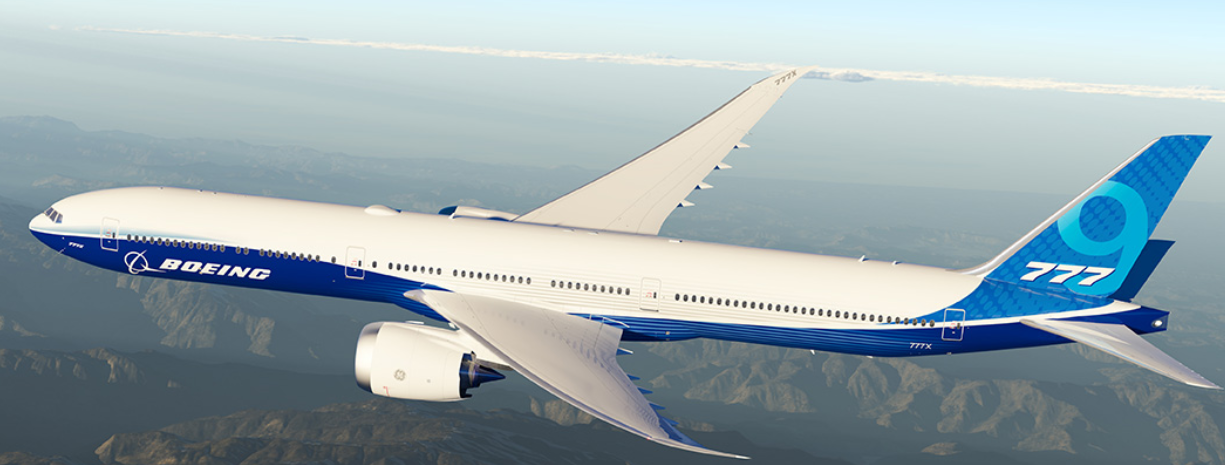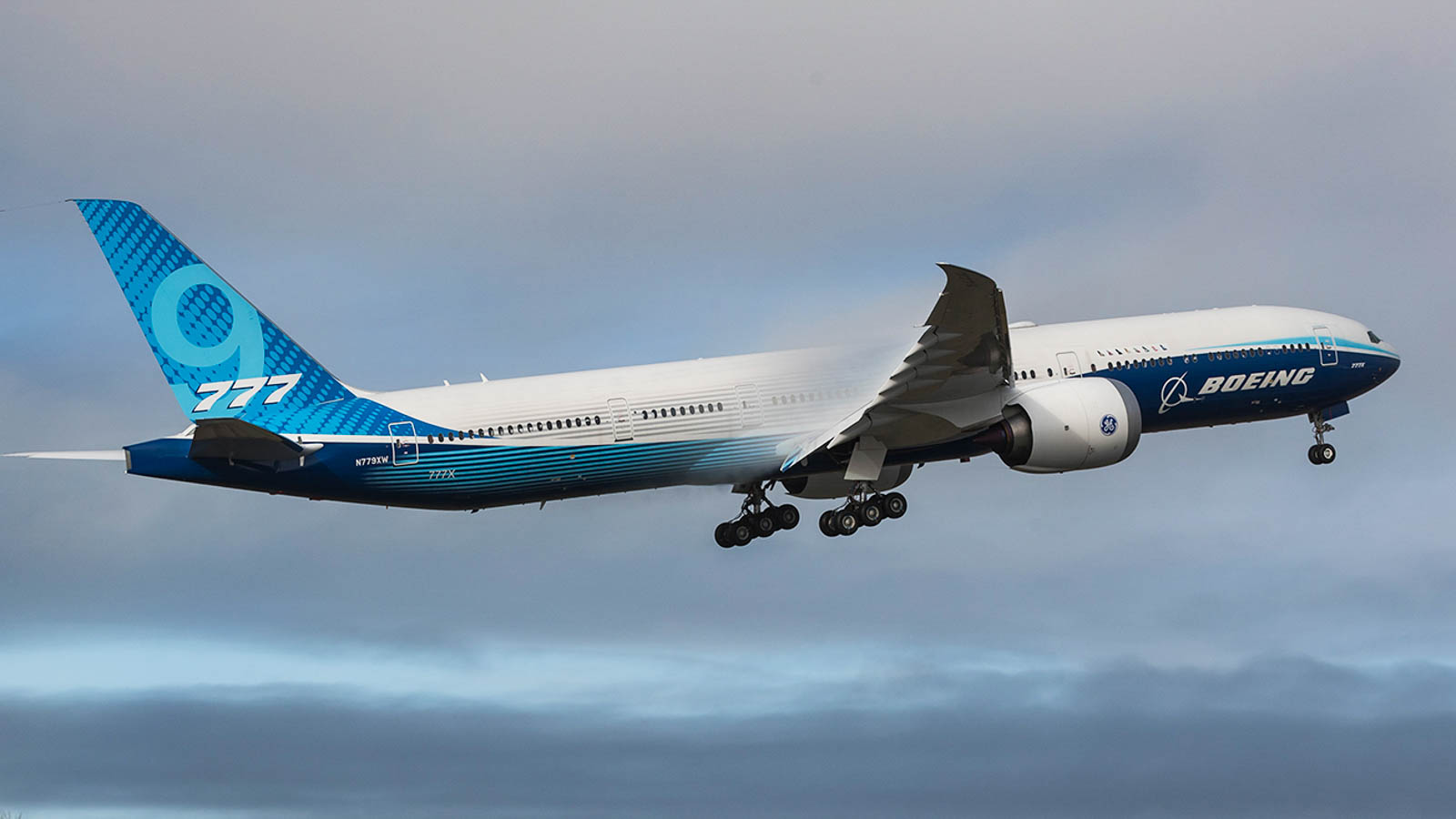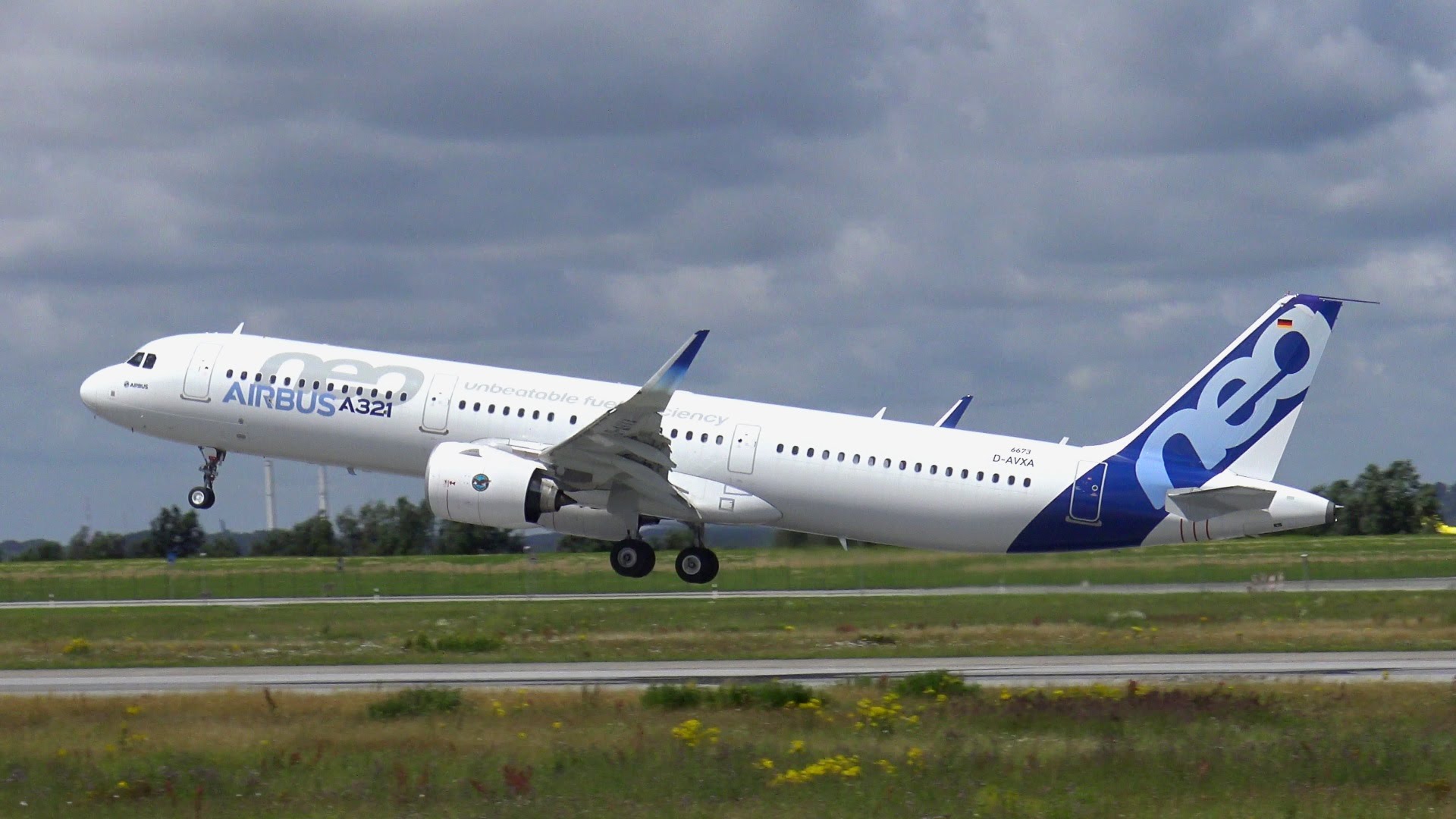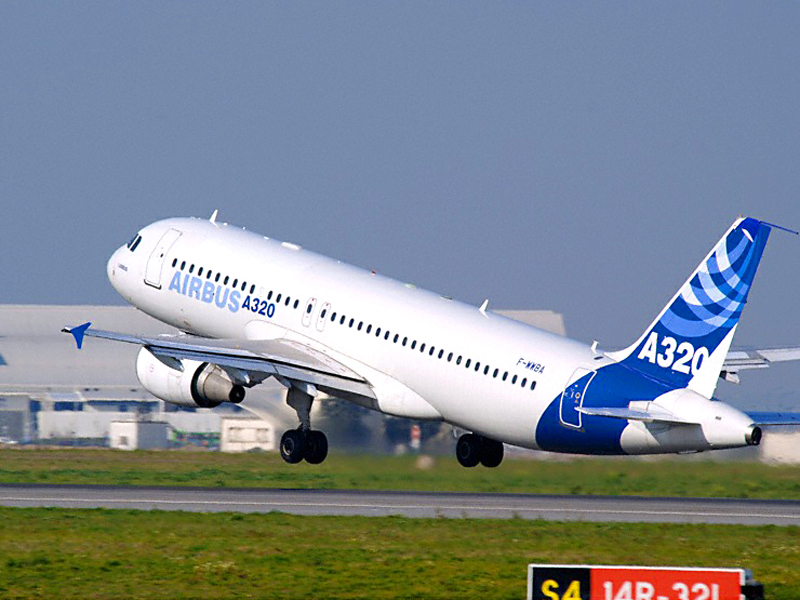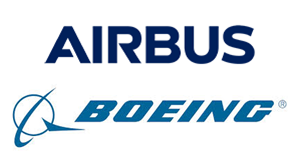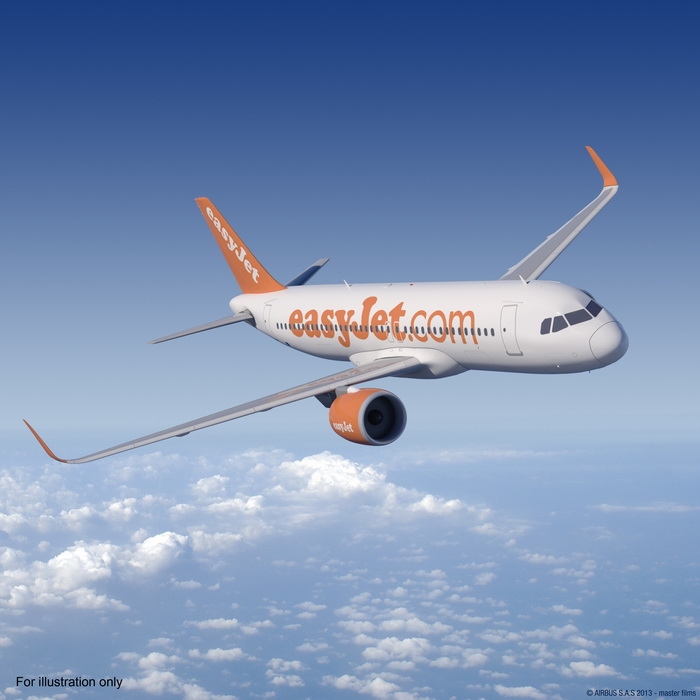Leeham News and Analysis
There's more to real news than a news release.
Airbus 1Q2024 results: Airbus CEO: “A350 in-service experience drives positive reputation and orders”
By Bjorn Fehrm
April 25, 2023, © Leeham News: Airbus has presented its results for the first quarter of 2024. The strong order flow continues, with a pickup on the widebody side, especially for the A350.
Airbus has, therefore, canned the rate 10 target for 2026 and aims for rate 12 in 2028, with a stronger mix of A350-1000s.
 The company has a net cash position of €8.7bn and €30bn liquidity. Guidance for 2024 is unchanged, with 800 commercial aircraft delivered, an EBIT adjusted of €6.5bn to 7 bn, and a Free cash flow of €4bn.
The company has a net cash position of €8.7bn and €30bn liquidity. Guidance for 2024 is unchanged, with 800 commercial aircraft delivered, an EBIT adjusted of €6.5bn to 7 bn, and a Free cash flow of €4bn.
A350-1000 or 777-9? Part 3
Subscription required
By Bjorn Fehrm
April 25, 2024, © Leeham News: We are doing an article series comparing the capabilities of the Airbus A350-1000 and the Boeing 777-9. We looked at the development history of the aircraft and compared their size and payload capacity.
Now, we use our Aircraft Performance and Cost Model (APCM) to fly the aircraft on a typical route and compare their performance. We also look at their stage of development and the potential for future upgrades inherent in the design.
Summary:
- The A350-1000 has got its Maximum TakeOff Weight (MTOW) increased four times since entry into service.
- The latest MTOW hike to 322t gives the A350 a clear payload-range advantage over the 777-9. Any increase in the 777-9’s MTOW will have to come after type certification.
A350-1000 or 777-9? Part 2
Subscription required
By Bjorn Fehrm
April 10, 2024, © Leeham News: We are doing an article series comparing the capabilities of the Airbus A350-1000 and the Boeing 777-9. The A350-1000 has not been a hot seller, and a lot of analysts asked why. Is there a capability gap or what is the reason?
At the same time, the reworked Boeing 777X had reassuring initial sales at the November 2013 launch at the Dubai Air Show, where Emirates ordered 150 777-9 out of a total show orderbook of 259 aircraft for Emirates (150), Qatar (50), Lufthansa (34), and Ethiad (20). The orders have since grown to 481 as of late 2023.
The A350-1000 has had a recent resurgence in orders and switches from the A350-900 orders, whereas the 777–9 has seen several delays due to engine and certification problems and is now scheduled for 2025 delivery instead of 2020.
Does the 777-9 or the A350-1000 hold the upper hand in a long-term race between the largest widebodies after the Airbus A380 and Boeing 747-8i stopped deliveries? We use our Aircraft Performance and Cost model to compare the two to understand their present performance and potential for upgrades.
Summary:
- The Boeing 777-9 is a larger and heavier aircraft with a 12% higher passenger capacity.
- Does an advanced wing and later generation engines compensate for an older and heavier fuselage structure?
Airbus’ A350-1000 or Boeing’s 777-9?
Subscription required
By Bjorn Fehrm
April 4, 2024, © Leeham News: Korean Air confirmed an order for 33 Airbus A350 in the week, 27 of which are the larger A350-1000. The order is significant on two accounts:
First, 27 A350-1000 and only 6 A350-900, where analysts have for years asked why the -1000 isn’t selling.
Secondly, for a carrier that has a rather 50-50 fleet of Airbus and Boeing planes, its large widebody was the Boeing 777-300ER, whereof it has 27 out of 37 Boeing 777 in total. Korean Air now chooses the A350-1000 to replace the 777-300ER. Why not the 777-9?
Was this a question of availability (the 777-9 should have been delivered in 2020 but has had several delays; the present plan says 2025), or was there a technical-economic reason for Korean Air’s decision? We examine the characteristics of the two planes to find the answers.
Summary:
- The Boeing 777-300ER was an exceptionally successful stretch of the original 777-200. The 777-9 is the sequel to the 777-300ER.
- The market did not like the original A350-1000. Therefore, the present -1000 is a reconfigured aircraft compared to the original variant.
When does a larger airliner pay off? Part 4
Subscription required
By Bjorn Fehrm
March 28, 2024, © Leeham News: We are doing an article series about what drove the cross-over from Airbus A319 to A320 and then to A321. We analyzed the change from A319/A320ceo to neo last week and discussed why the neo shift for the A319 meant if stopped selling.
Now, we study the change from A321ceo to A321neo and what caused the acceleration of growth of A321 sales and deliveries as it was upgraded to neo.
Summary:
- The increase in sales and delivery of the A321 when it went from ceo to neo has less to do with improved operating economics than other factors.
- One of these factors was it filled the MOM (Middle Of the Market) gap that Boeing identified 10 years ago.
When does a larger airliner pay off? Part 3
Subscription required
By Bjorn Fehrm
March 21, 2024, © Leeham News: We are doing an article series about what drove the cross-over from Airbus A319 to A320 and then to A321. We started with the ceo range last week. We could see why the A320 was a better choice than an A319, with only a few more passengers per departure required to close the operating cost difference for a route, whereas the A321, being a larger jump in capacity, did not have the same per seat mile economics until traffic increased substantially.
Now we study the change to the neo generation and try to understand why the A319, a popular model as a ceo variant, did not sell at all as a neo.
- The A319ceo had a suitable capacity for routes before 2015. It also had a passenger mile cost advantage over the A320 for thinner routes.
- After 2016, when the A320neo entered the market, the A319neo didn’t sell at all, despite the continued existence of thin routes. We explain why.
When does a larger airliner pay off
Subscription required
By Bjorn Fehrm
March 7, 2024, © Leeham News: Over the last decades, the choice of domestic market airliners has gone from the typical 120-seater to today 200 seats or more. We will look into what drives these decisions and where the cross-over points are from, say, an Airbus A319 to A320 and then to A321. We will limit the investigation to the Airbus range as the Boeing 737 MAX range has still not their MAX 7 and MAX 10 in service.
We will use our Airliner Performance and Cost Model (APCM) to model typical sectors and investigate what load factors favor a switch.
Summary:
- The typical domestic cabins have gone from 120 to 150 seats to now 200 seats or above.
- As airliner types grow, their trip costs increase. At what load factors can you motivate an A321 instead of an A320?


